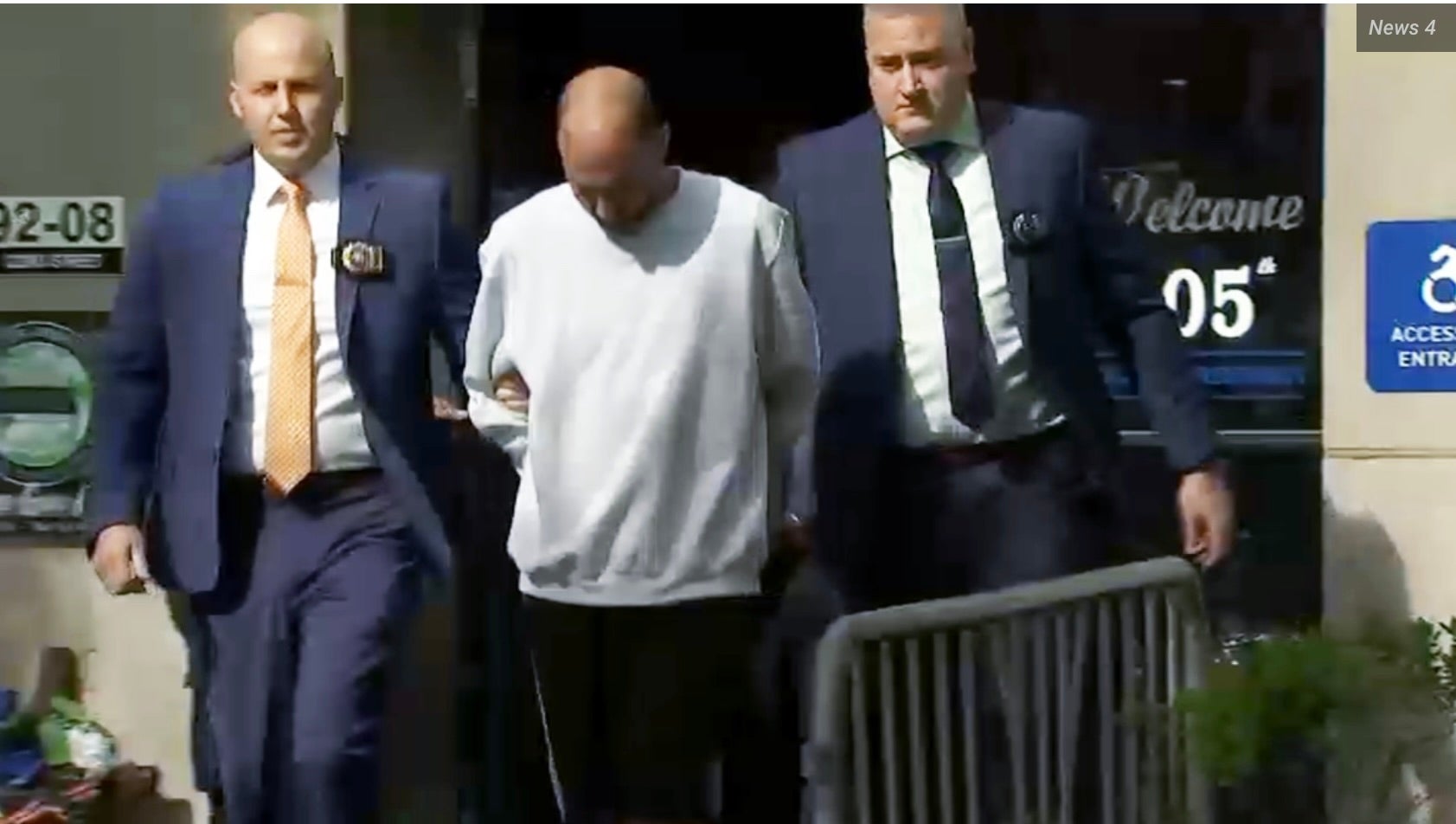DNA on plastic fork helps solve New York City murder 15 years later
Anthony Scalici nabbed for 2009 slaying of Rosario Prestigiacomo, who was found face down in a pool of blood

The nephew of a man killed in New York City 15 years ago has been arrested for his murder after officials obtained DNA evidence on a plastic fork connecting him to the slaying.
A grand jury indicted 41-year-old Anthony Scalici on charges of second-degree murder in connection with the death of his 64-year-old uncle Rosario Prestigiacomo.
Prestigiacomo was found in his hallway face down in a pool of blood in February 2009, reported WNBC. He had been stabbed 16 times in the face, neck, torso and extremities. He had also suffered puncture wounds to his abdomen, chest, esophagus and lung.
Officials said the victim endured blunt force injuries to his head, torso and extremities. It’s not clear if Mr Scalici entered a guilty plea in the case during his arraignment on Thursday.
According to the outlet, authorities arrived at Prestigiacomo’s home in Queens to find blood on the floor and walls. At the time, the medical examiner’s office was able to match a DNA profile to the victim and discovered the DNA profile of the attacker, suggesting he had been hurt during the crime.

Still, the attacker was not identified after investigators ran the DNA through databases and the case went cold.
A breakthrough came in 2022 when the Queen’s district attorney’s office and the New York Police Department’s cold case unit brought in help from a private lab and the Department of Homeland Security to try and generate leads using forensic genealogy.
Months later, the lab created a more advanced genealogical profile using the attacker’s blood at the home.
Investigators then built a family tree linking back to Mr Scalici and in 2023 got a lead in the case. To follow up on the lead, investigators put Mr Scalici under surveillance to get a discarded DNA sample from the man.
A plastic fork he threw away in February seemingly provided the evidence they needed to bring charges.
Prosecutors say that the DNA on the fork matched DNA recovered from one of the victim’s fingernails in addition to the suspect’s DNA recovered at the scene.
Mr Scalici was taken into custody in Boynton Beach earlier this month and extradited to New York on Wednesday to face charges.
Officials said the arrest marked the first time a New York City homicide suspect had been identified using public genealogy databases. Such technology has been successful in the past in solving other cold case murders.
